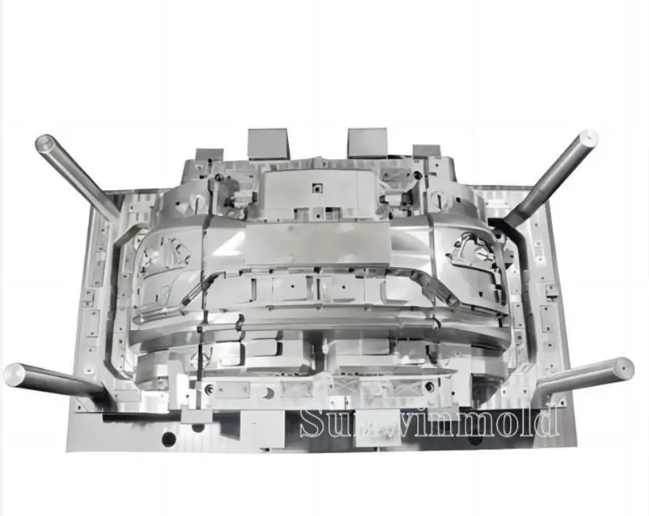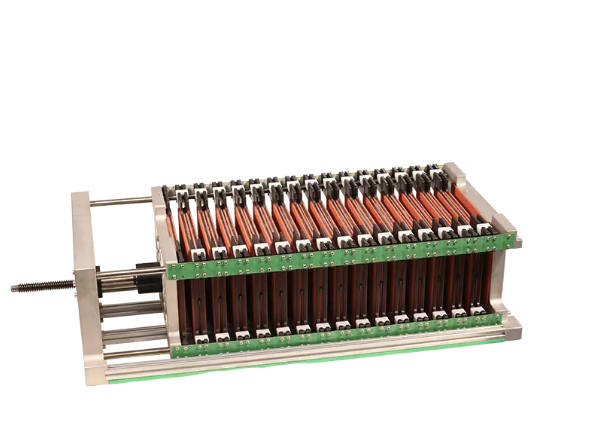New energy electric vehicles are increasingly becoming the first choice for many people to buy cars. They are smarter and more economical than fuel vehicles, but batteries are still a big issue, such as battery life, density, weight, price and safety. In fact, there are many types of power batteries. Today, I will talk to you about the different types of new energy batteries currently available.
So, the current power batteries generally include the following types, namely ternary lithium batteries, lithium iron phosphate batteries, lithium cobalt oxide batteries, nickel metal hydride batteries, and solid-state batteries. Among them, new energy trams generally use ternary lithium batteries and lithium iron phosphate batteries, which is the so-called “two heroes competing for hegemony”.
Ternary lithium battery: The typical one is the nickel-cobalt-manganese series of CATL. There are also nickel-cobalt-aluminum series in the industry. Nickel is added to the battery to increase the battery’s storage capacity and improve battery life.
It is characterized by small size, light weight, high energy density, about 240Wh/kg, poor thermal stability, and more prone to spontaneous combustion problems. It is resistant to low temperature but not to high temperature. The lower limit of low temperature use is minus 30°C, and the power is attenuated by about 15% in winter. The thermal runaway temperature is around 200°C-300°C, and the risk of spontaneous combustion is high.


Lithium iron phosphate battery: refers to a lithium-ion battery using lithium iron phosphate as the positive electrode material and carbon as the negative electrode material. Compared with ternary lithium batteries, its thermal stability is better and its production cost is lower. Moreover, the cycle life of lithium iron phosphate batteries will be longer, generally 3,500 times, while ternary lithium batteries generally begin to decay around 2,000 times of charge and discharge.
Lithium cobalt oxide battery: Lithium cobalt oxide battery is also a branch of lithium-ion battery. Lithium cobalt oxide batteries have stable structure, high capacity ratio and outstanding comprehensive performance. However, lithium cobalt oxide batteries have poor safety and high cost. Lithium cobalt oxide batteries are mainly used for small and medium-sized batteries. They are a common battery in electronic products and are generally not used in cars.
Nickel-metal hydride battery: Nickel-metal hydride battery is a new type of green battery developed in the 1990s. It has the characteristics of high energy, long life, and no pollution. The electrolyte of nickel-metal hydride batteries is non-flammable potassium hydroxide solution, so even if problems such as battery short circuit occur, it will generally not cause spontaneous combustion. The safety is guaranteed and the manufacturing process is mature.
However, the charging efficiency of nickel-metal hydride batteries is average, cannot use high-voltage fast charging, and its performance is much worse than that of lithium batteries. Therefore, after the widespread use of lithium batteries, nickel-metal hydride batteries may also be gradually replaced.
Post time: Jan-16-2024

